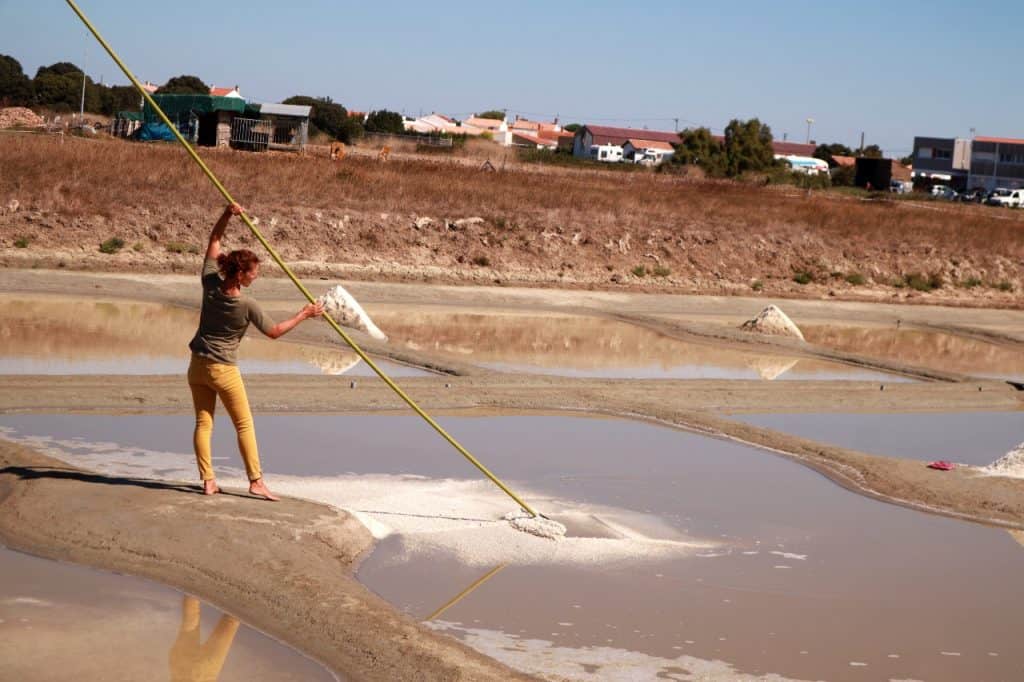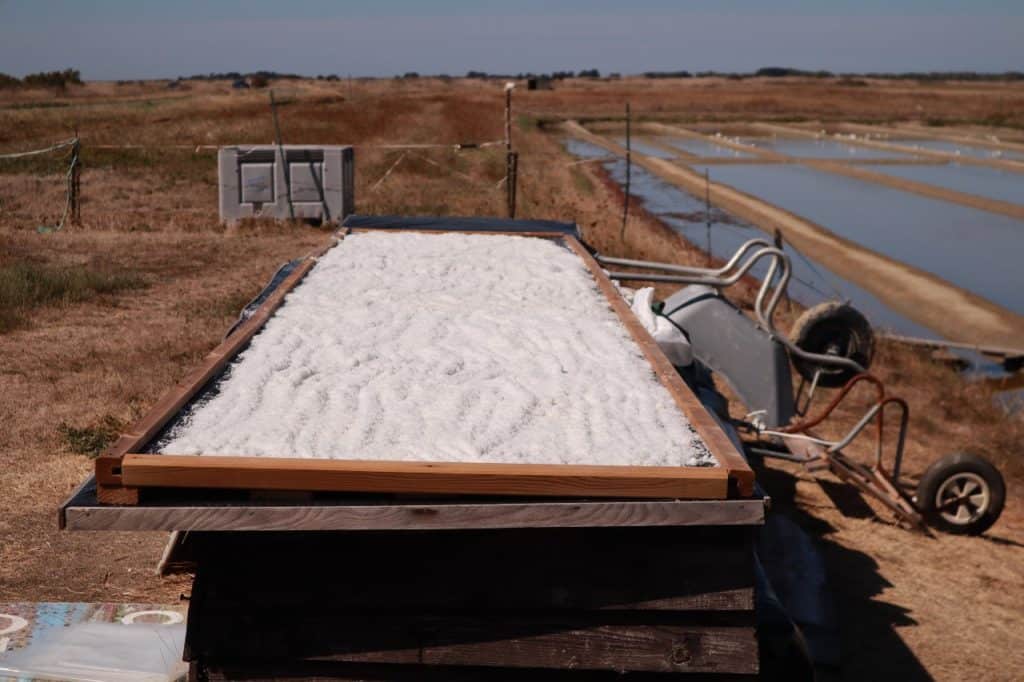Different Types of Salt and Their Uses
Salt, or its technical name of sodium chloride, is that product of mother earth that no kitchen can do without. Whether it’s for cooking, baking, flavouring, fermenting or cleansing, salt is indispensable for its versatility. However, while salt adds flavour to food and is a mineral which has certain benefits, too much of it can be damaging to health.

Technically, all types of salt are sea salt, but nowadays there are two broad categories of salt depending upon where they are found, namely sea salt and rock salt.
Sea salt
Sea salt is the most common type of salt that’s found when seawater evaporates after which the salt is ‘harvested.’ These salt farms collect seawater in ponds and when the water evaporates, the residue is white powdery salt.

Fleur de sel
The most coveted, and expensive of the sea salts is Fleur de sel (salt flower). This variety of salt is formed as a thin layer on top of salt pools on extremely hot days and is then scooped out. Its texture is a little coarse and moist and is best used as a finishing salt. We often use it to finalise fish and seafood dishes.

Grey salt
Found in France is the deeper greyish salt that lies at the bottom layer of the salt pools and is harvested once the top salt layers are removed. This is also called Celtic salt and is ideally used as a finishing salt for sprinkling over vegetables and meats.
Table salt
The terms table salt, cooking salt, and common salt are interchangeably used often to mean the same thing. Table salt often has potassium iodine added along with anti-caking agents. The grains are typically fine, allowing them to be used through a dispenser. Due to additives, there can sometimes be a metallic taste, and therefore it is recommended to be used sparingly as an add-on if needed.
Cooking salt
This salt is simply plain sea salt, and it is the best for cooking as it does not have any other flavour additives. An often chosen version of this is iodized salt, which has additions of iodine that some people prefer due to its health benefits.
Flake salt
Another variation of evaporated sea salt, these are larger and irregular sized flakes that are best used as a sprinkling on salads, as each grain will impart a different level of saltiness and give the dish varying flavours in every bite.
Pickling salt
This coarser version of pure sea salt, without any additional flavours, is used primarily for creating brine solutions required for pickling meats and vegetables.
Red and black Hawaiian salt
The red Hawaiian salt is coarse bits of salt that contain a mix of volcanic clay and iron oxide, thereby giving a deep red colour to the salt and a nutty flavour to the recipes it is added to. However, it is not used for cooking but as a garnish for both flavour and appearance. The black Hawaiian salt is not purely natural but made by mixing charcoal with sea salt thereby giving it a differentiated and earthy flavour.
Rock salt
Rock Salt of which the technical term is ‘halite’ is found amid rocks in deep soil layers and is mined through blasting or cutting through the rocks. Pink Himalayan salt (containing iron oxide), Himalayan black salt (locally called kala namak), and Persian blue salt are the most known rock salts.

Pink Himalayan salt
The popular pink Himalayan salt found in the mountainous region of Pakistan has numerous other natural minerals and is, therefore, one of the most expensive salts. Hence, it is not commonly used for regular cooking, but rather as a finishing salt. Usually sold in bigger, coarser chunks, they are best used in a grinder-dispenser which allows the freshness of flavouring.
Black Himalayan salt
This variant is prepared in a furnace with a mix of charcoal and pink Himalayan salt. It is used more for garnishing than cooking. It is used extensively as a flavour enhancer and is sprinkled over cut fruit to give a sweet-salty taste.
Persian blue salt
Blue Salt, or Persian Blue Salt is a unique and rare mineral found only in the mountain ranges of Iran where it is formed from an ancient sea that dried out in ancient times. It was buried and compacted by the earth and when tectonic plate movement created the mountain ranges of Iran, the blue salt veins in the rock became exposed. This natural salt is one of the rarest in the world, very clean and pure as it has not been exposed to environmental pollutants or contaminants
Flavoured salts
There are an abundance of flavoured salts on the market. These are often processed with herbs added to vary flavours and are best used as an additional condiment. You can easily make your own by mixing a coarse sea salt with any dried herbs or spices. Fresh herbs are best chopped and dried to become crumbly. Dried citrus is a wonderful flavour maker in salt and citrus powder is easy to make.
How to use salt
Salt enhances flavour but there are many surprising uses for salt.
- Wash vegetables in salt water to remove any impurities.
- Sprinkle vegetables with salt to extract water before preparing them. Cucumbers and zucchini are good examples for this practice.
- Whip egg whites quicker by adding a pinch of salt.
- Add salt to your ice bucket to chill drinks faster.
- Use coarse salt to clean a stained glass pot and coffee cups. Mix the salt with water and give it a good shake, your pot will be clean in no time.
- Keep windows frost-free by rubbing salt on them.
- If you want to use sea salt on your meal, be sure to check out the best salt and pepper grinder reviews here!